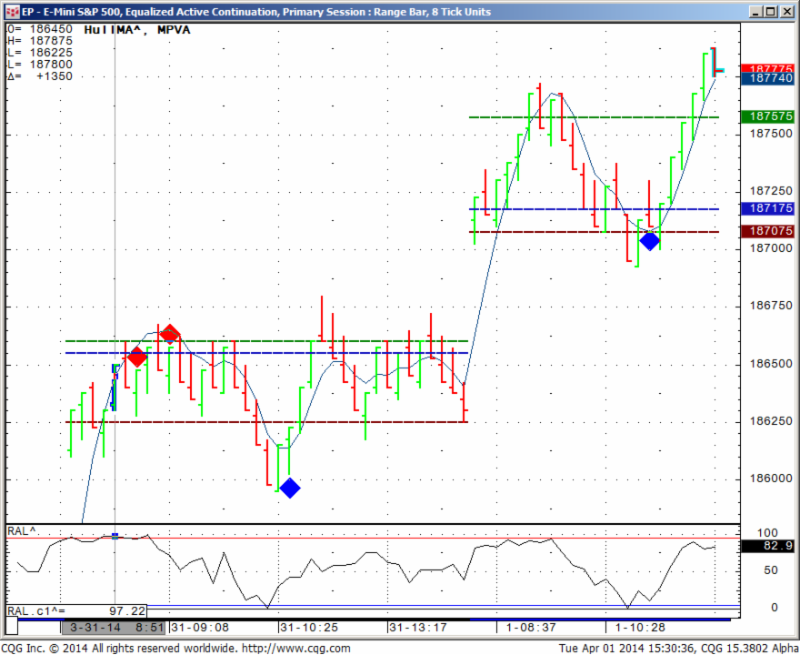Full-service walk-in brokerage firms have been the traditional institution trusted within the investment world. Currently, a new way of trading has been edging its way to the forefront – online futures trading. Trading online has provided many new possibilities for would-be investors, and in today’s day and age, there is almost a necessity to find more comprehensive, faster, real-time ways to interact within the commodities markets.
The internet puts any given market and its activity into electronic format, which gives investors quicker access to trading positions. Futures trading, particularly, is a type of trade in which an investor takes a position on a contract with a set price of an underlying commodity, and agrees to either buy or sell the underlying asset in raw or currency form at a set future date. Below is a comprehensive explanation of the specific benefits of trading futures contracts with these added benefits. By taking them into consideration with an investor’s knowledge of various markets, traders can put their strategies into context and take unique positions with their investments.
- Reduced Commissions: Brokers put a tremendous amount of work into studying market trends, negotiating trades, and processing orders for clients, so it comes as no surprise that their invested time and effort costs the investor a great deal. By trading online, traders can cut commission costs by fifty to seventy-five percent. An investor can expect to pay out five to ten dollars per trade while trading futures online, as opposed to the forty to seventy dollars per trade with a full-service broker. There is also an option for broker assisted accounts in which an investor pays a slightly higher rate of fifteen to twenty dollars per trade with trading advice and broker suggestions. Either way, the savings over time are valuable.
- Learning Curve: An investor can learn a great deal through online trading by taking more control in day to day decisions. Many brokers can assist a trader with the basics of futures trading, however the ability to take a more proactive approach to trading futures is an investor’s biggest asset. If an investor makes a bad trading decision, albeit costly, the decision can acclimate a trader to market temperaments and provide valuable experience as to the responsibility involved in reaching their trading goals.


